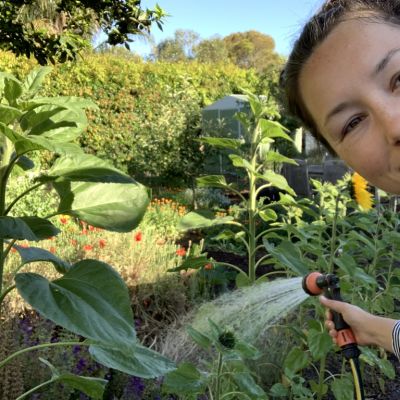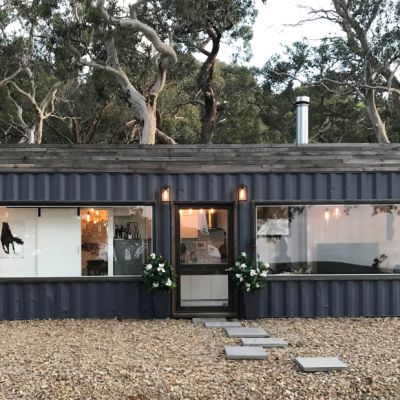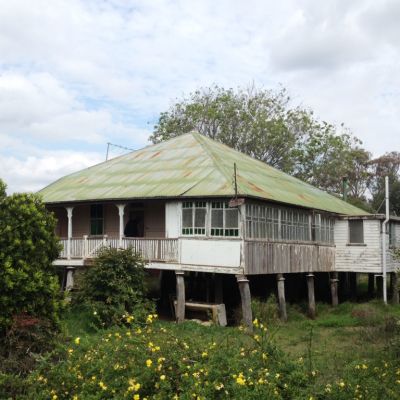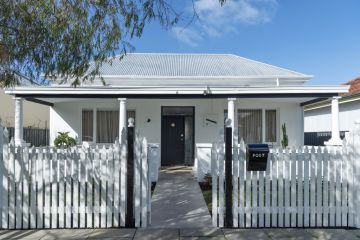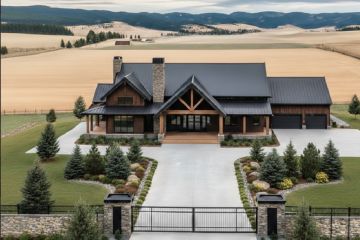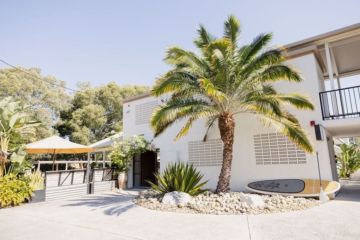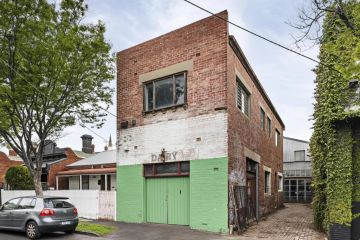Why Elle Paton wants everyone to visit her tiny house in Melbourne
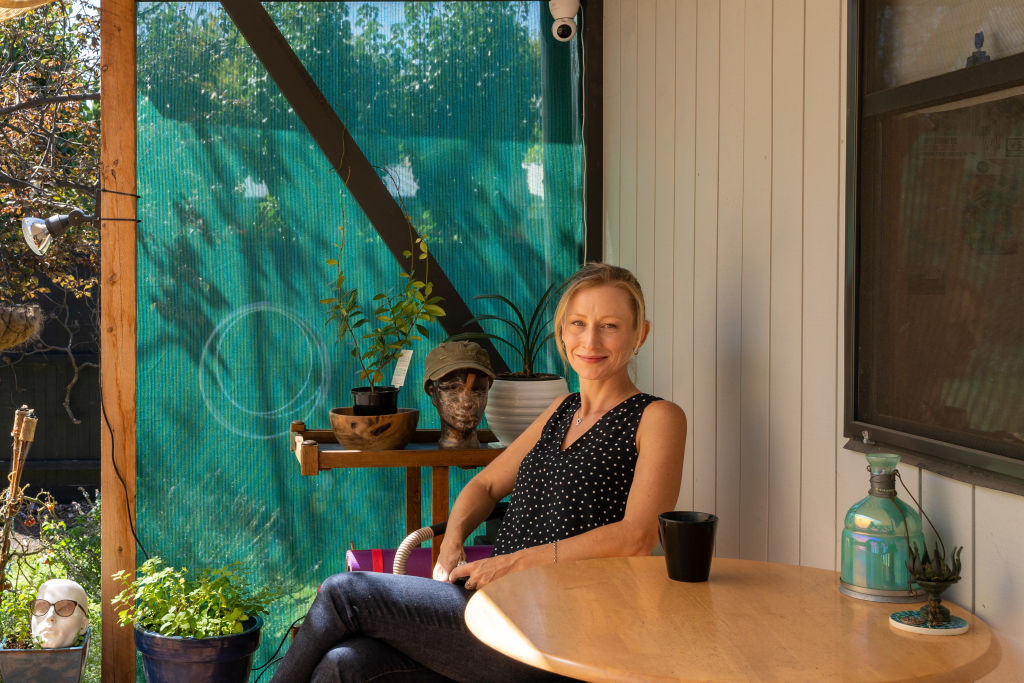
The Melbourne beachside suburb of St Kilda is famous for many things, but tiny houses isn’t one of them.
So, when Elle Paton’s 20-square-metre house was delivered to the suburb – by truck, down a narrow lane with centimetres to spare – it sparked some local curiosity.
Paton welcomes the interest. In fact, that’s the point.
In a quiet residential street, her tiny house is what Paton calls a “demonstration project”; it’s her home, but also a place to conduct tours and educational experiences for those interested in how tiny homes work.

Why? Well, although tiny houses have been lauded for being affordable, sustainable and downright cute, Paton explains they are “neither legal nor illegal”, existing outside standard building codes, so when it comes to getting council permission for a permanent one, the process remains as clear as mud, particularly in urban areas.
Paton is a passionate expert on tiny structures, yet it still took 20 months and a “bucket-load” of work to get the go-ahead to put the tiny house in St Kilda, though Port Phillip Council was supportive of the project.
“Tiny houses are in an unregulated industry, and I think that makes it very challenging for councils – as it’s a council-by-council decision – to know how to place them in their area,” she says. “Hence the reason for this project.”
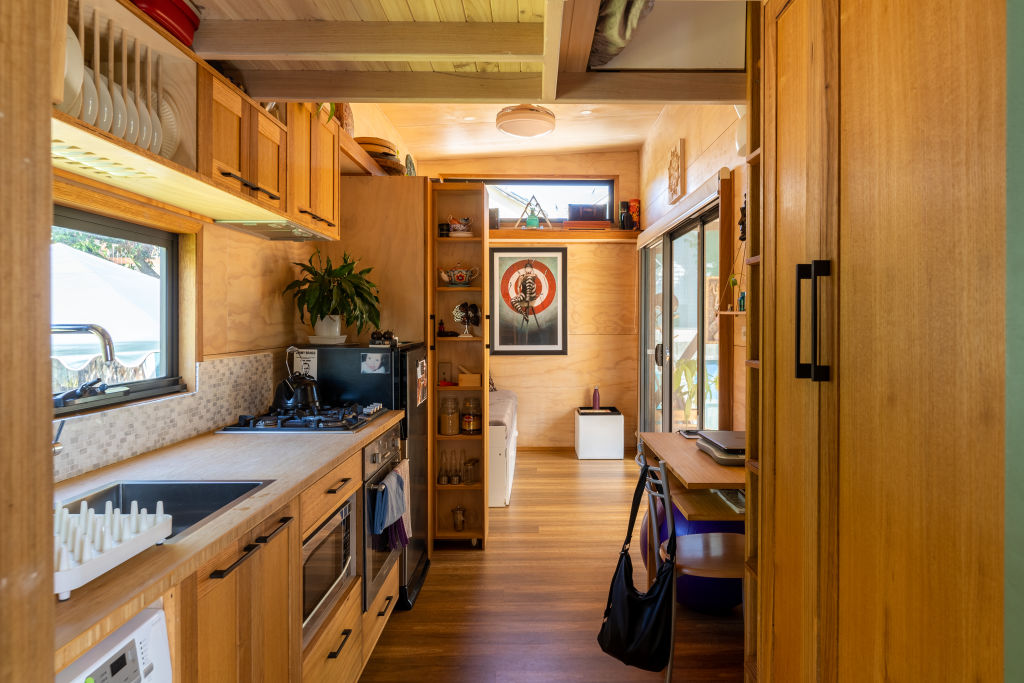
Paton takes people both in-person and online through her tiny house, from primary school children to council members. It’s off-grid except for gas cooking, and visitors can see the loft bed, the clever use of shelving and storage, and the bathroom with a rainwater shower and composting toilet.
Outside, Paton has a community garden on the 850-square-metre block (donated by the landowner for the project’s duration), designed to bring people together.
A mural by UK artist My Dog Sighs, painted pre-COVID, overlooks the garden, and there’s a communal table where Paton hosts discussions about tiny living.
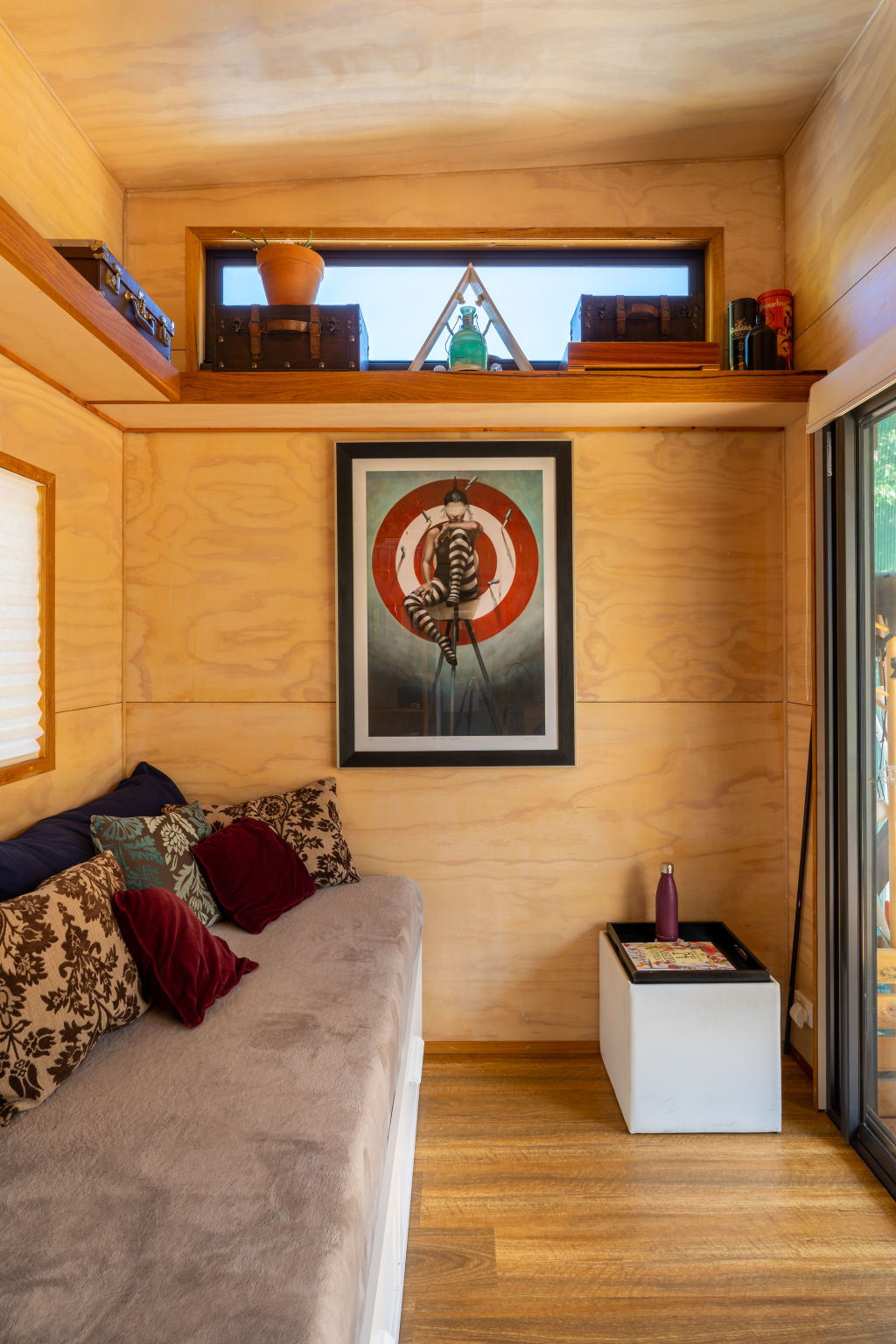
So strongly does she feel about the environmental and community benefits of tiny houses that Paton left her corporate job to work in tiny-house advocacy, co-founding Tiny Non-Profit.
Initially, it was the sustainability aspect that captivated her; Paton says tiny living significantly changes consumer habits. There’s no point indulging in recreational shopping every weekend if there’s no space to hoard excess stuff.
“You can’t consume and store as much living in a tiny house as you would in a McMansion,” she says. “You’re more selective in your purchases, often going for quality versus quantity.”
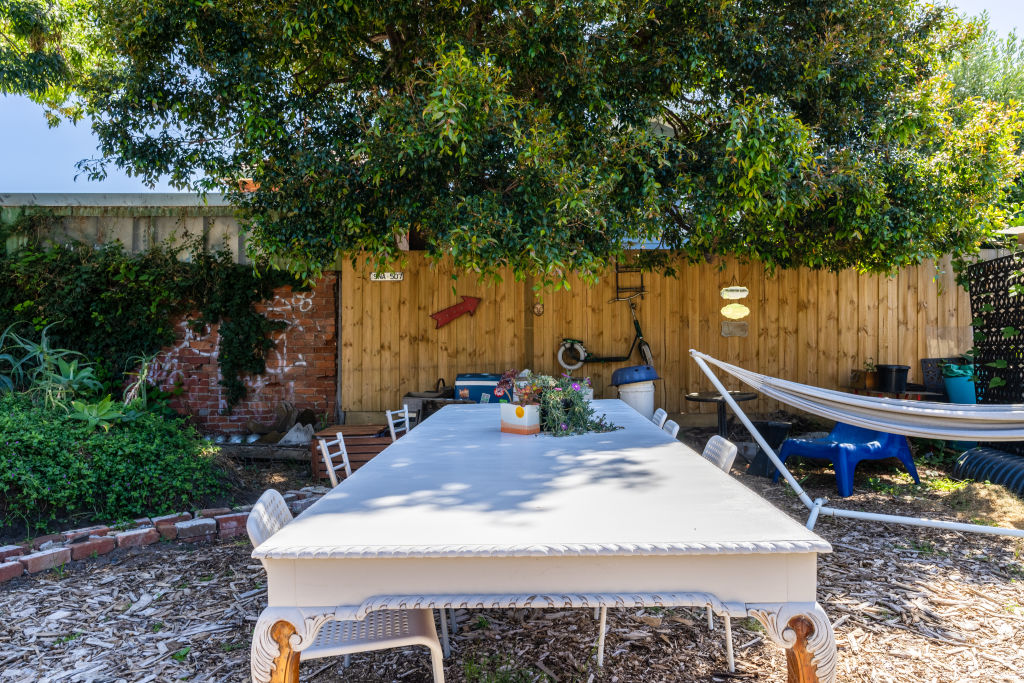
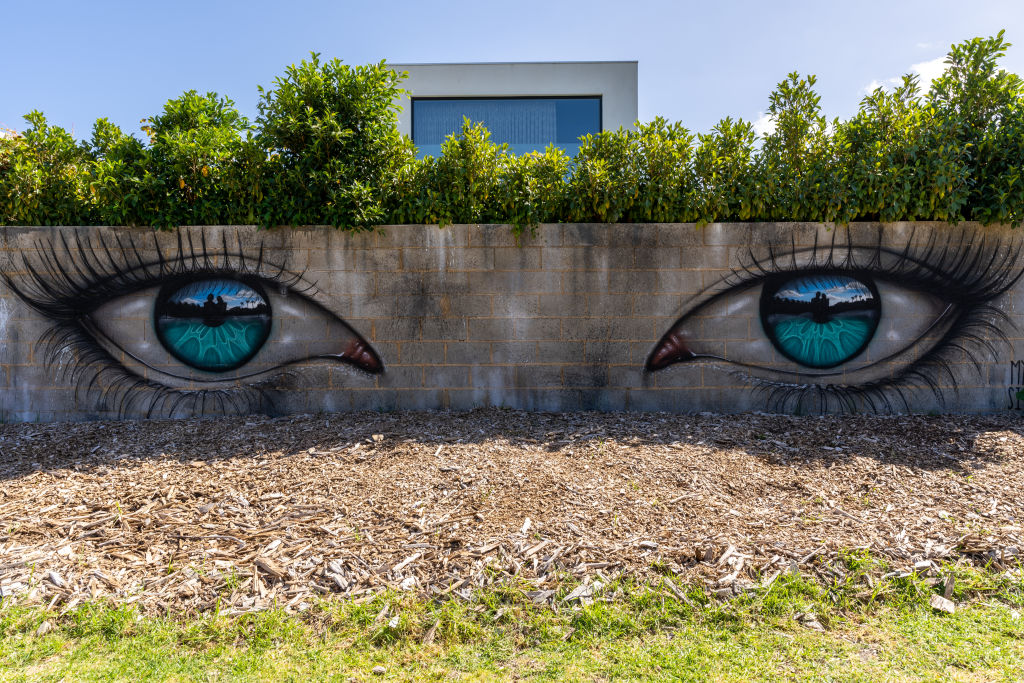
And with many people in the tiny house community advocating for more sustainability, Paton says the building process itself often incorporates recycled materials or leftovers from traditional builds that might otherwise go to landfill.
If tiny houses enter the mix of urban housing options, Paton envisions many possible applications: a backyard version could help an elderly relative stay connected to family, or an adult child avoid an unaffordable rental market. It could be an extra space to rent out, contributing to housing stock while alleviating some mortgage stress for the owners.
At a base-level cost of $50,000 (though well above $100,000 for high-end models), the houses could also play a role in social housing.
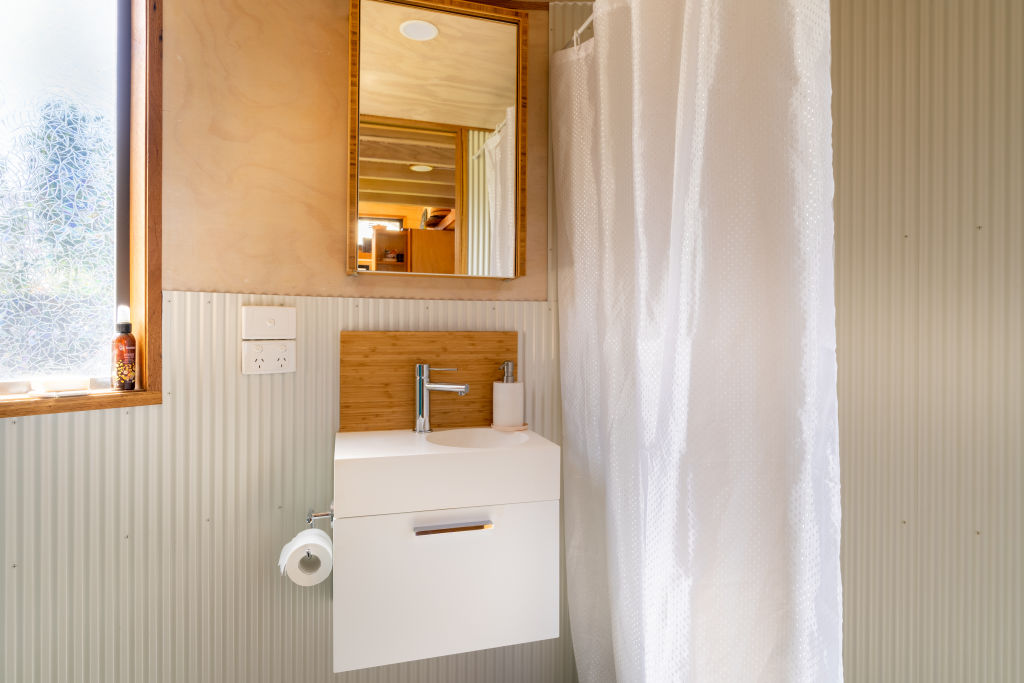
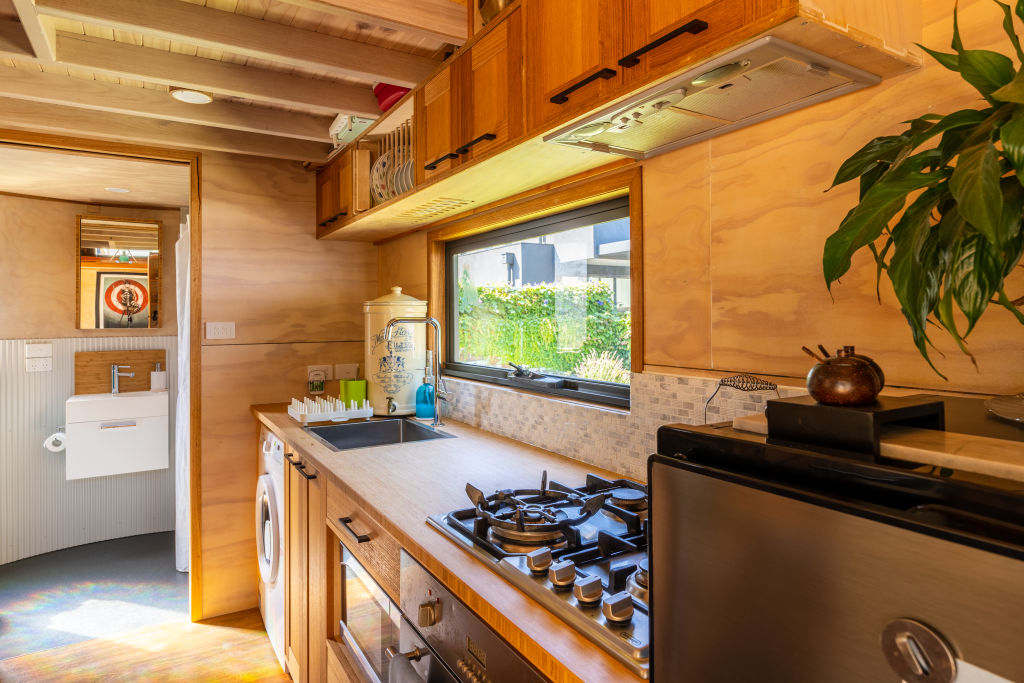
“These things can be created much cheaper than traditional bricks and mortar and still provide a dignified living space,” Paton says.
And despite the small size, even during Melbourne’s hard lockdown last year, Paton says the tiny house didn’t seem too small. “I would much prefer this than being in a cement apartment block where I had no external space,” she says.
Paton makes the most of the deck, where she practises yoga and enjoys her morning coffee surrounded by birds, some of which now eat from her hand.
“It’s a very dreamy type of existence in the mornings when the weather is fine, and even when it’s raining – as long as the rain’s going in the right direction – sitting out there when it’s pouring down is a beautiful experience as well.”
An experience she hopes more city people will be able to access in the future.
This article is part of a series on Green Homes, brought to you by Belong, Australia’s first carbon-neutral telco and winner of Finder’s Green Telco of the Year 2020.
We recommend
We thought you might like
States
Capital Cities
Capital Cities - Rentals
Popular Areas
Allhomes
More
